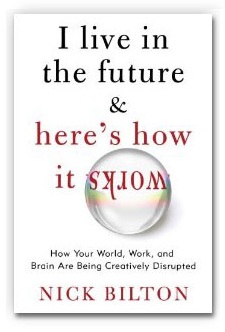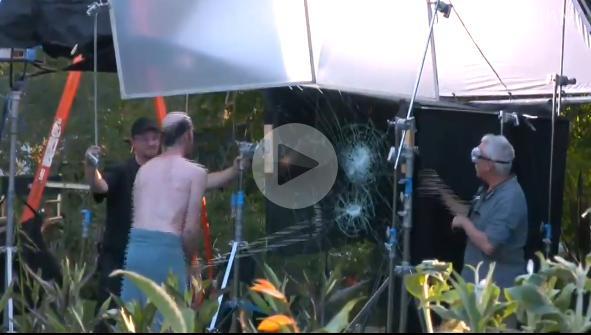How is an ebook like an iTune?
I asked my techno-savvy friends this questions recently and for the most part received blank stares.
The answer was obvious to me. They are both products of The Digital Revolution. Both of them have taken an analog “thing” and turned it into an instantly downloadable immediately gratifying product-of-your-choice. I want a single tune from a new CD. There’s the “i” and the “Tune” and it’s mine for 99¢. Same for an ebook only more money.
So ebooks have become the iTunes of the publishing world … and like iTunes the ebooks have quickly established a dominance in the marketplace that was totally unpredicted as little as three years ago.
Amazon predicts that it will sell more e-books than paperbacks by the end of next year, and that they will eclipse both paperback and hardcover sales combined shortly thereafter.
“I predict we will surpass paperback sales sometime in the next nine to 12 months. Sometime after that, we’ll surpass the combination of paperback and hardcover,” Amazon CEO Jeff Bezos told USA Today.
Kindle books have already eclipsed hardcover sales. Amazon recently said it sells 180 e-books for every 100 hardcovers, with the ratio constantly shifting in e-books’ favor. And that’s only on the Kindle. There are currently at least 5 ebook readers (not counting your PCs and other mobile computing devices) with more to come.
Many readers still favor the good old printed book. In a recent poll, most Mashable readers cited a preference for physical books over e-books. However, with the e-reader cum tablet battle heating up – the iPad is selling so amazingly well that Amazon recently launched a new version of the Kindle for the iPad – paperbacks and hardcovers may soon become an artifact of the analog world.
The analog was inherently isolating and we needed to create environments, for example schools, where text could be shared and discussed. The digital model is basically social and enables connections and conversations. I predict that it’s only a matter of time before the ebook finds a social connection like Ping for iTunes.
There’s already been an interesting experiment that I just finished … reading? linking from? booting up?

It’s from author Nick Bilton’s new book, “I Live in the Future and Here’s How it Works.”. One of the key points of the book is what Bilton calls “Me Economics”, what I have been referring to as “meconomics”. It explains an increasing consumer trend in which the buyer will increasingly seek out products and services that have personal relevance, and provide highly engaging personal experiences. Products and services in the Digital Revolution are all about 1:1 customization and personalization.
As the music industry and now the book publishing industry are learning, they need to adopt and adapt in order to survive and then thrive. My tunes, iTunes. Me book, ebook. Get it?




